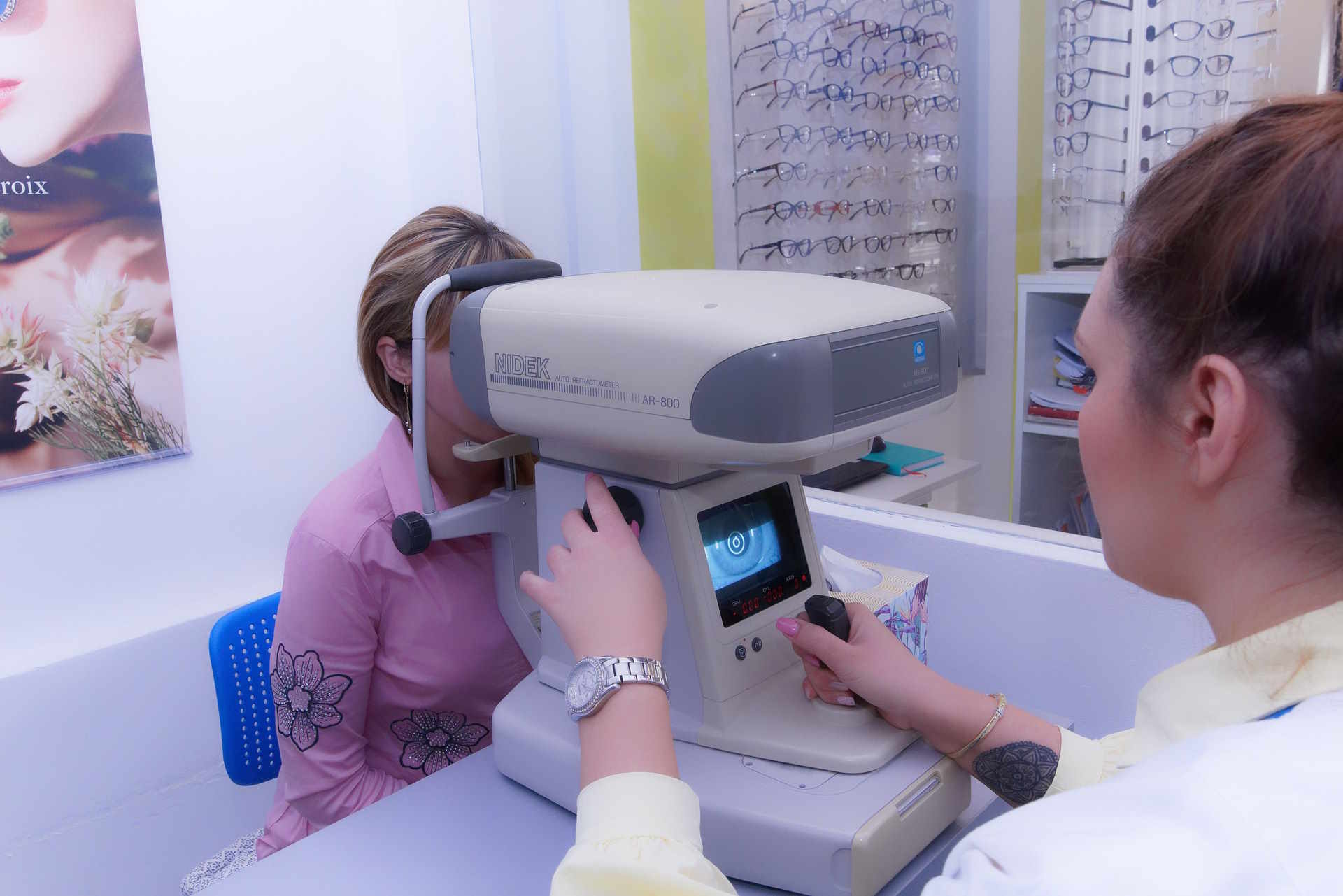Glasses: A Clear Look at Vision Correction
Glasses have been an essential tool for vision correction for centuries, helping millions of people worldwide see clearly and comfortably. These optical devices consist of lenses mounted in frames that sit in front of the eyes, correcting refractive errors and improving visual acuity. From simple reading glasses to complex multifocal lenses, glasses come in a wide variety of types, styles, and functionalities to address different vision needs and personal preferences.

-
Convex lenses for farsightedness (hyperopia)
-
Concave lenses for nearsightedness (myopia)
-
Cylindrical lenses for astigmatism
-
Multifocal lenses for presbyopia and multiple vision corrections
What are the main types of glasses available?
There are several types of glasses designed to address specific vision needs and lifestyle requirements:
-
Single vision glasses: These have one prescription throughout the entire lens and are used for distance, intermediate, or near vision correction.
-
Bifocals: These lenses have two distinct optical powers, typically for distance vision in the upper part and near vision in the lower part.
-
Trifocals: Similar to bifocals, but with three distinct optical powers for distance, intermediate, and near vision.
-
Progressive lenses: These provide a seamless transition between different optical powers, eliminating visible lines on the lens.
-
Computer glasses: Designed to reduce eye strain and fatigue associated with prolonged screen time.
-
Reading glasses: Used for near vision tasks and often available over-the-counter for mild presbyopia.
How often should I get my eyes checked for glasses?
Regular eye exams are crucial for maintaining good vision health and ensuring your glasses prescription remains accurate. The American Optometric Association recommends the following schedule:
-
Adults (18-64 years): Every 1-2 years
-
Seniors (65+ years): Annually
-
Children and teens: Annually or as recommended by an eye care professional
However, if you experience any changes in your vision, headaches, or eye strain, it’s important to schedule an appointment with an optometrist or ophthalmologist promptly, regardless of when your last exam was.
What factors should I consider when choosing glasses frames?
Selecting the right glasses frames involves both practical and aesthetic considerations:
-
Face shape: Choose frames that complement your face shape (e.g., oval, round, square, heart-shaped).
-
Skin tone: Select frame colors that harmonize with your skin tone and hair color.
-
Lifestyle: Consider frames that suit your daily activities and profession.
-
Comfort: Ensure the frames fit well on your nose bridge and behind your ears.
-
Material: Options include metal, plastic, titanium, and acetate, each with its own benefits.
-
Lens thickness: If you have a strong prescription, consider high-index lenses to reduce thickness and weight.
-
Style preferences: Choose frames that reflect your personal style and make you feel confident.
How can I protect my glasses and make them last longer?
Proper care and maintenance can significantly extend the life of your glasses:
-
Clean lenses regularly with a microfiber cloth and lens cleaner.
-
Avoid placing glasses face-down on surfaces to prevent scratches.
-
Store glasses in a protective case when not in use.
-
Use both hands when putting on or removing glasses to maintain proper alignment.
-
Avoid exposing glasses to extreme temperatures or leaving them in direct sunlight.
-
Have your glasses professionally adjusted periodically to ensure a proper fit.
-
Replace nose pads and temple tips when they show signs of wear.
What are the latest innovations in eyeglass technology?
The eyewear industry continues to evolve with new technologies and materials:
-
Photochromic lenses: These automatically darken in sunlight and return to clear indoors.
-
Blue light filtering lenses: Designed to reduce eye strain from digital devices.
-
Smart glasses: Integrating augmented reality, fitness tracking, and other tech features.
-
3D-printed frames: Offering customized fit and unique designs.
-
Sustainable materials: Eco-friendly frame options made from recycled or biodegradable materials.
-
Ultra-thin high-index lenses: Providing clearer vision with less distortion for strong prescriptions.
-
Digital lens technology: Using advanced measurements and manufacturing processes for more precise vision correction.
Glasses have come a long way from their humble beginnings, evolving into sophisticated vision correction tools that blend functionality with style. By understanding the various types of glasses available, knowing how to choose and care for them, and staying informed about the latest innovations, you can ensure that your eyewear meets your vision needs while complementing your lifestyle and personal preferences.






